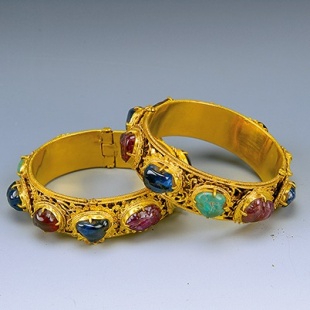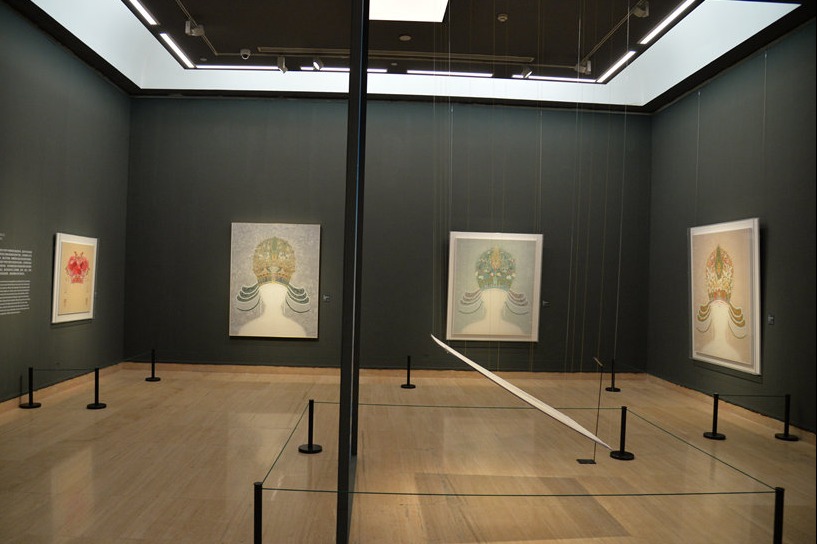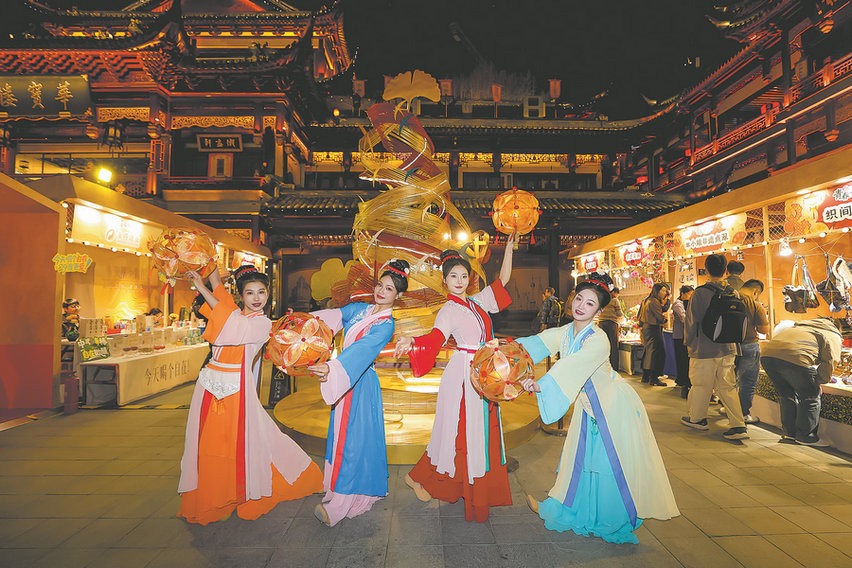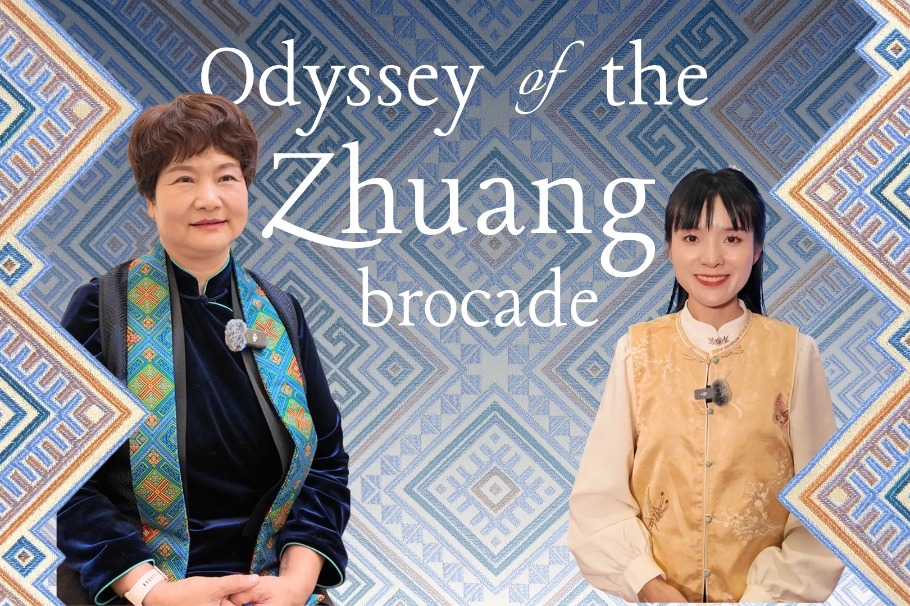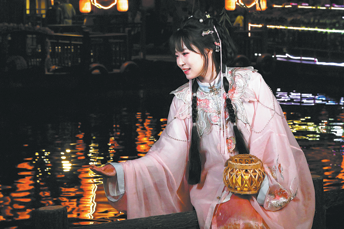Voyages for a new world order
Exhibition highlights Zheng He's extraordinary journeys, Zhao Xu reports.

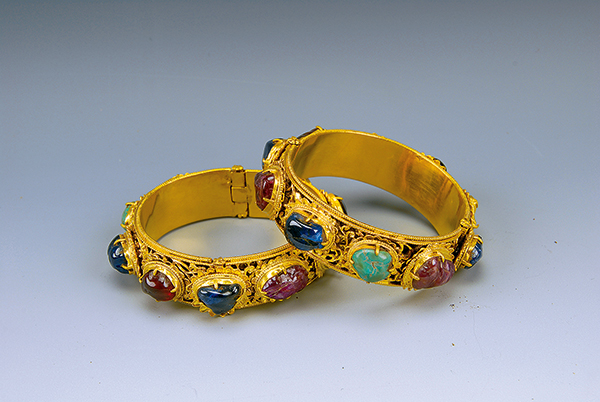
In an article accompanying the exhibition catalog, Wang Guangyao, a researcher from Beijing's Palace Museum, delves into the political symbolism of the giraffe during the early Ming, when it was linked with Qilin, one of Chinese culture's most iconic and revered mythical animals.
"The Qilin was long regarded as a symbol of peace, prosperity and divine favor," writes Wang.
"By declaring its arrival at his court, Yongle Emperor — viewed by some as a usurper for seizing the throne through rebellion against his nephew, the rightful heir of the Hongwu Emperor — sought to affirm his legitimacy and convey to his subjects that he was the one chosen by Heaven."
According to Wang, giraffes were brought to China four times during the reign of the Yongle Emperor, each time as part of the tributary trade.
At the height of the trade, cultural, artistic and scientific exchanges flourished. One example is Korea under the Joseon Dynasty (1392-1897), which maintained a close relationship with Ming China, marked by tributary diplomacy and vibrant cultural exchange.
On display are poems composed by a Ming envoy, followed by responsive works penned by Joseon scholars — writings whose literary merit evidently left a lasting impression on the envoy. Rendered in elegant Chinese calligraphy and presented as a continuous handscroll, the collection stands as a testament to the enduring intellectual affinity between the two cultures, one that persisted well beyond the fall of the Ming in 1644.
The tributary system began to decline after the death of the Yongle Emperor in 1424, as the Ming court scaled back its naval ambitions and imposed stricter haijin ("sea ban") policies, which curtailed the system's economic vitality.
By the mid-Ming period, the rise of maritime powers like Spain, Portugal, and the Dutch — along with the influx of foreign silver — had completely reshaped the landscape of global commerce, drawing Ming China into a global trade network, rendering the sea ban obsolete.
The exhibition includes a blue-and-white porcelain tripod censer from the reign of the Yongle Emperor, its surface wrapped in a dynamic pattern of foaming waves.
"The motif not only evokes the epic voyages of Zheng He, but also serves as a potent metaphor for the surging currents of change that defined China's engagement with the world during the Ming era," Gao says.


